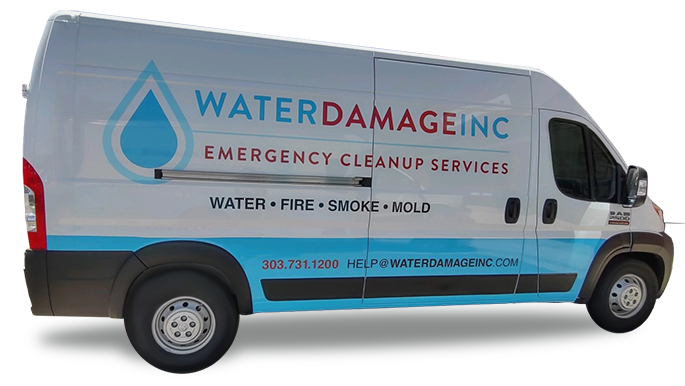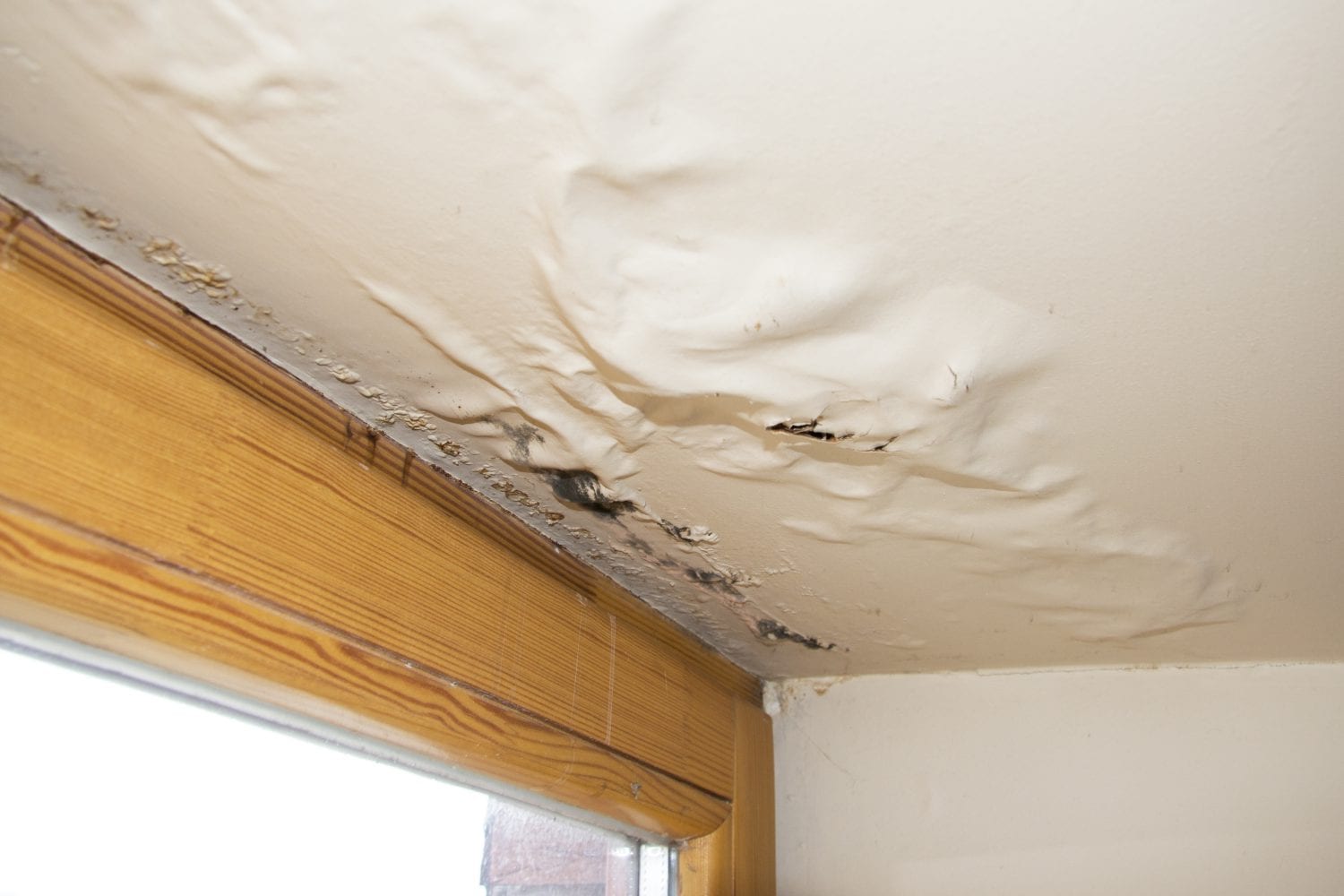Did you know that waiting too long to call for help after seeing water damage on your ceiling can cause big problems? It can lead to expensive repairs and harm your home’s structure.
When you see water damage, it’s important to act fast. Don’t try to fix it yourself. Instead, call a water damage restoration service right away. They can start fixing the ceiling by figuring out who to call first: a plumber or a roofing contractor.
Water damage can happen for many reasons. It might be because of bad weather or a plumbing problem. Finding the right person to fix it quickly is key. It helps stop more damage and keeps you and your family safe from mold and structural problems.
Key Takeaways
- Acting fast when you see water damage is crucial to avoid more damage and expensive fixes.
- Calling a plumber should be your first step in fixing ceiling water damage.
- Untreated water leaks can lead to mold, which is dangerous, especially in humid places.
- Fixing leaks might mean taking out drywall, fixing pipes, and making the area good as new.
- Fixing leaks quickly can stop structural damage and avoid long-term problems.
- It’s a good idea to check if your insurance covers water damage and file a claim if you can.
When you see water damage, acting quickly is important. It helps fix the problem fast and keeps you safe. Choosing the right person to fix your ceiling is key to a successful repair.
Identifying the Source of the Water Damage
Finding where the water damage started is key when fixing emergency water damage. The spot where the leak is can tell you what caused it. For example, leaks on upper floors usually mean roof problems.
Look for missing shingles, storm damage, or attic dampness to spot roof issues. Common roof problems include ice dams, cracked chimneys, and bad skylight installs. These need fixing to prevent more damage.
Leaks on lower floors often mean plumbing issues. This could be from pipes or fire sprinklers not working right. A plumber needs to check to find and fix hidden problems.
Clogged gutters and downspouts can also cause leaks. These can make the problem worse.
Musty smells, mold, and water stains are big signs of trouble. Most ceiling damage is spotted by stains and discoloration. Sagging ceilings and dripping water are urgent signs that need quick action.
Choosing the right team for ceiling leak repair is important. They can fix the problem right and stop more damage.
Mitigating Immediate Damage
When water starts dripping from the ceiling, acting fast is key. First, use a bucket to catch the drips. Then, turn off the electricity in the area to avoid electric shock.
Finding the source of the leak is important. It could be a small problem or something bigger like a sagging ceiling or mold. If it’s serious, you might need a professional water damage restoration company.
Here are some steps to take:
- Immediate containment: Use a bucket or container to catch water.
- Turning off water supply: Prevent further water ingress by shutting off the main water valve.
- Moving valuables: Shift important items to a dry area to avoid damage.
At times, you might need to cover the roof with a tarp to stop more water from getting in. Water damage cleanup companies use fans and dehumidifiers to dry out areas quickly. This helps prevent mold and more damage. The U.S. EPA says mold can grow in 24-48 hours, so acting fast is crucial.
Preventing leaks is important. Regular roof checks and clean gutters can help. Fixing water damage quickly can also save money and improve your home’s look. But, remember, insurance might not cover damages from neglect or external flooding.
Who do I call for water damage to the ceiling?
Fixing ceiling water damage starts with finding the cause and picking the right expert. On the top floor, look for a ceiling water damage specialist. They might suggest a roofing contractor if the leak comes from the roof. Signs like missing shingles, water spots, or attic dampness mean you need a roofing fix fast.
On lower floors, leaks often mean plumbing problems. Musty smells, mold, mildew, or stains on floors and ceilings point to plumbing issues. A certified plumber should check and fix these problems. Quick action can prevent more damage and save money.
For big repairs, get a 24-hour water damage repair service. They handle everything from water removal to drying and fixing.
Don’t forget to talk to your insurance company too. Some leaks might be covered by your policy, helping with repair costs.
Identifying the problem, calling the right experts, and getting a full restoration service are key. Quick action keeps your home safe and prevents bigger problems.
Conclusion
Dealing with ceiling water damage needs a careful and quick approach. This is to protect a home’s structure and keep it comfortable. Issues like roof damage or plumbing problems inside walls must be fixed fast.
Homeowners should watch for signs like water stains, bubbled paint, and musty smells. These often mean there’s water damage and mold growing.
Regular checks on roofs and plumbing can catch problems early. Knowing your insurance and documenting damage well is also important. Working with approved contractors makes fixing things easier and faster.
By spotting water damage signs and getting professional help, homeowners can avoid big and expensive repairs.






















